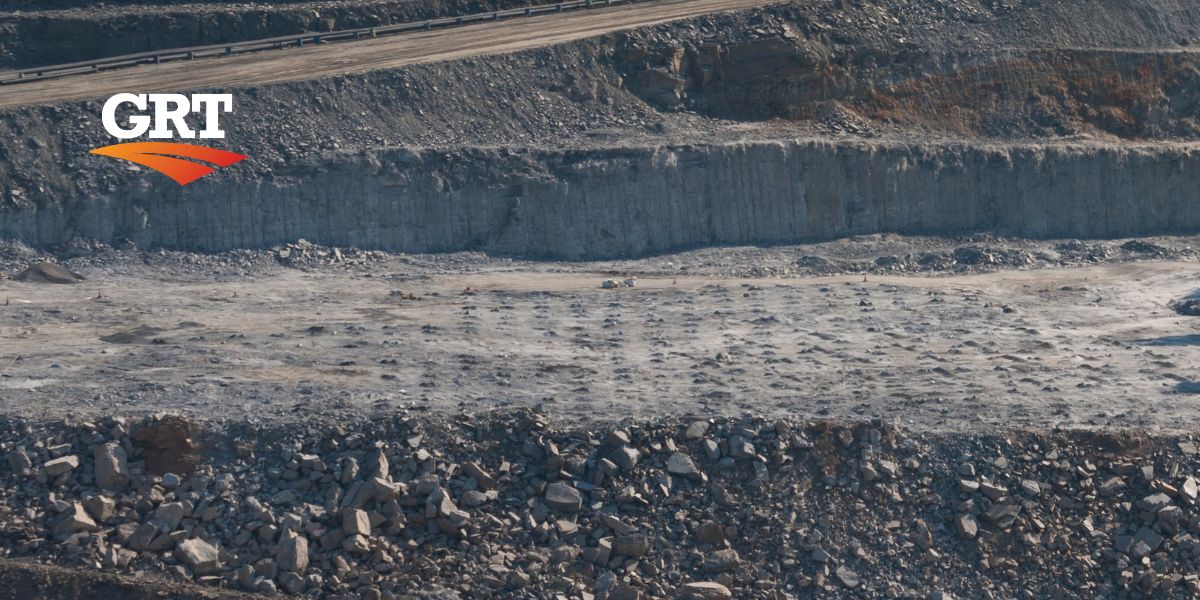Exploring the Energy Horizon of Natural Gas
Natural gas has become one of Australia’s leading export commodities, and demand continues to grow. Often referred to in its fluid format as LNG or Liquified Natural Gas, it’s an energy source the world has come to rely on. Colourless, odourless and clean burning, natural gas is used in homes for heating and cooking, right through to large industrial-scale applications, including steelmaking, transport and power generation. One of the significant benefits of gas today is its reduced carbon emissions, which remain about half that of coal, diesel and other traditionally relied-on fossil fuels.
As coal and diesel are slowly phased out, natural gas has stepped in and filled the gap, largely thanks to its ability to be cooled into LNG at – 162° Celsius and then transported worldwide. LNG is also non-toxic and will not ignite. With far more than we need domestically, a fleet of purpose-built carriers ship Australian LNG to countries in vast quantities. As a liquid, LNG represents just 1/600th the volume of its gas form, enabling this massive bulk export program. In 2022/23, Australia’s LNG export value hit a record high of A$93 billion, providing more than 20% of the world’s total supply.
A Prelude of Things to Come?
With global energy demand expected to rise by 30% until 2040, we must fill the gap. Floating Liquified Natural Gas (FLNG) platforms may provide an answer. Commissioned in 2019, the Prelude offshore FLNG project, run by Shell, is the largest platform of its kind in the world. Prelude can access remote offshore gas fields and is currently situated over 400 km off the coast of northwest Western Australia. The floating facility can cool and store LNG at sea, offloading it to carriers for convenient shipping to major buyers in Asia and around the world.
Prelude FLNG at a glance: Located in the Browse Basin, Australia The water depth is ~250 metres Owners Interest include Shell 67.5%, INPEX 17.5%, CPC 5%, KOGAS 10% 600 Engineers worked on the project 50 million litres of ocean water is drawn up hourly to help cool the natural gas Production capacity is at least 5.3 million tonnes per annum (mtpa) of liquids: 3.6 mtpa of LNG, 1.3 mtpa of condensate and 0.4 mtpa of liquefied petroleum gas. Prelude is forecast to stay in position above the gas well for up to 25 years, each year producing enough LNG to over-supply Hong Kong’s total energy needs while storing enough LNG onboard to fill 175 Olympic-sized swimming pools.
Are environmental regulations, health and safety concerns or potential profit loss a concern right now?
Is There a Bright Future for Natural Gas?
LNG exports have experienced a boom in recent years. The Russian invasion of Ukraine and resulting supply restrictions have driven prices to record highs, benefitting large export nations like Qatar, Australia and the US. But questions remain over where natural gas sits in the energy transition as the world looks for net-zero carbon power options. With that said, baseload power is still a vital concern, and clean energy sources like wind and solar are far from meeting the potential of gas. As battery technologies advance, however, and more clean energy sources are plugged into the grid, demand for natural gas may subside. This holds an uncertain future for natural gas over the long term, but for now, it remains one of the critical tools to support global growth and new technologies that will enable net zero.
Prone to cold winters, requiring plenty of heating, Europe remains a key market for natural gas imports. But as the continent’s clean energy policies and plans develop over the coming years, natural gas purchasing is expected to fall away. This and many other factors will combine to tell the story of natural gas and LNG in the near future.
Dust suppression is a critical issue in the world of mining and resources.
Learn more about GRT’s industry-leading and IoT-connected SMART Dosing Units, and discover how we’re driving better dust suppression solutions for all!
If you’d like to talk with an expert, simply contact us!
Your feedback is important to us.
If you enjoyed reading this Global Road Technology industry update and found it informative, please let us know by leaving a REVIEW.
References:
https://www.shell.com/energy-and-innovation/natural-gas/floating-lng.html
https://www.industry.gov.au/publications/resources-and-energy-quarterly-september-2023
Troy Adams
Troy Adams is the Managing Director of Global Road Technology (GRT) Specialising in Engineered Solutions for Dust Suppression, Erosion Control, Soil Stabilisation and Water Management. A pioneering, socially conscious Australian entrepreneur, Troy Adams is passionate about health and safety and providing innovative solutions that are cost-effective to the mining industry, governments and infrastructure sectors. Troy is also a tech investor, director of companies like Crossware, Boost, Hakkasan, Novikov and more.

